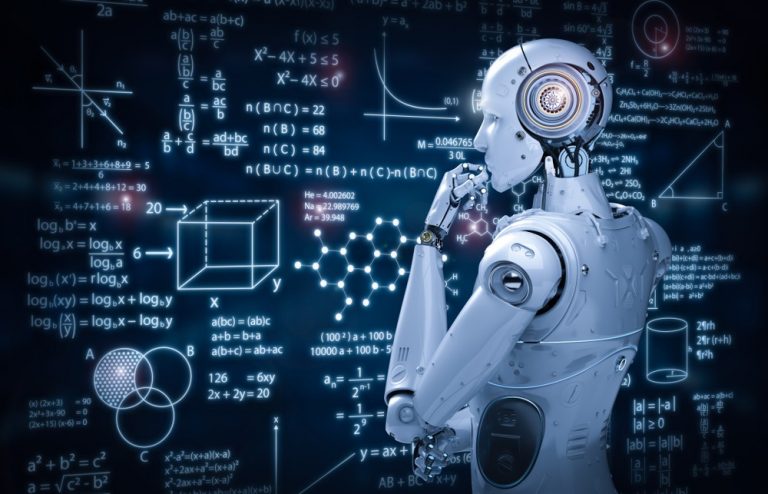
I remember coming across an article recently about having AI-powered church services with AI-inspired sermons from robots. It was a lot more vivid than this, but I’m sure you get the point. AI will make its way (with or without our approval) into nearly every aspect of human life. Let’s consider what classroom education is becoming or could look like with AI integration.
Integrating AI into education has paved the way for innovative approaches to learning and assessment. Two remarkable advancements in this realm are Intelligent Tutoring Systems (ITS) and Automated Grading. These AI-powered tools reshape how students learn, teachers instruct, and conduct assessments.
Intelligent Tutoring Systems (ITS)
Register for Tekedia Mini-MBA edition 18 (Sep 15 – Dec 6, 2025) today for early bird discounts. Do annual for access to Blucera.com.
Tekedia AI in Business Masterclass opens registrations.
Join Tekedia Capital Syndicate and co-invest in great global startups.
Register for Tekedia AI Lab: From Technical Design to Deployment.
Intelligent Tutoring Systems represent a paradigm shift in the education landscape. These systems leverage AI algorithms to provide personalized and adaptive learning experiences, mimicking the role of a human tutor. ITS is not a one-size-fits-all solution; it tailors instruction based on individual student needs and learning styles. And this is one thing that may not have been easy to achieve with humans. Here’s how it is making a difference.
Personalized Learning: One of the primary advantages of ITS is its ability to personalize the learning journey for each student. By analyzing data on student performance, preferences, and learning history, ITS delivers content that aligns with the student’s level of proficiency. This targeted approach ensures that students are challenged at their level while avoiding frustration.
Adaptive Feedback: It doesn’t just provide answers; it offers meaningful feedback and explanations. Students receive instant feedback on their answers, enabling them to understand and learn from their mistakes. This real-time guidance helps reinforce concepts and build a deeper understanding.
Continuous Assessment: Traditional assessments often occur at fixed intervals, leaving gaps in understanding. ITS, on the other hand, assesses students continuously. No need to wait until the end of a term or semester. This ongoing assessment allows for a more accurate representation of a student’s knowledge and progress, enabling educators to intervene when necessary.
Flexibility and Accessibility: Intelligent Tutoring Systems are accessible anytime and anywhere, breaking down barriers to education. Students can learn at their own pace, and the system adapts to their availability, making education more accessible to a diverse range of learners.
Automated Grading
The process of grading assignments and assessments can be time-consuming for educators. Automated Grading, powered by AI, streamlines this process while maintaining fairness, accuracy, and objectivity. Nice features if you ask me, and here’s how it’s impacting education.
Efficiency and Time Savings: Grading assignments and exams takes a . Automated Grading reduces this workload significantly by using AI algorithms to assess objective questions, essays, and even coding assignments. This enables teachers to focus more on providing valuable feedback and interacting with students.
Consistency and Fairness: Grading can be influenced by various factors, such as mood and personal biases. Automated Grading ensures consistency by applying the same criteria to every student’s work. This leads to fairer assessment outcomes.
Instant Feedback: Students receive immediate feedback on their assignments, allowing them to understand their mistakes and areas for improvement promptly. This feedback loop enhances the learning process and helps students make corrections before moving forward.
Data-Driven Insights: Automated Grading generates valuable data on student performance, highlighting trends, strengths, and weaknesses. Educators can use this data to tailor their instruction more effectively and address specific areas where students struggle.
Any reason we should worry?
While the integration of AI into education holds immense promise, some challenges must be addressed. Data privacy, the potential for over-reliance on technology, and the need for human interaction in learning are critical concerns. Humans will always need to connect with humans.
Striking a balance between AI-driven instruction and human guidance will be the ultimate key to providing a holistic educational experience.



